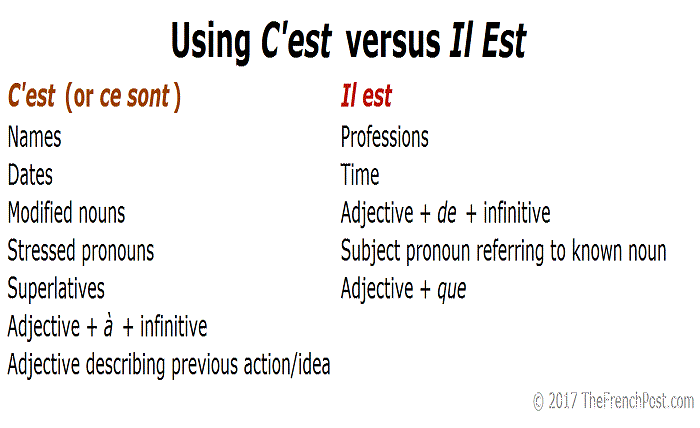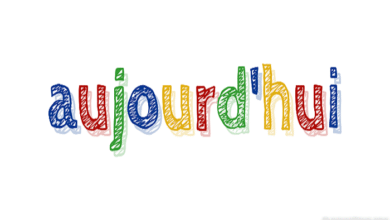Exploring le: A Linguistic and Cultural Journey

Introduction
The term “le” is a small yet significant component of many languages, holding diverse meanings and applications. From its grammatical roles in various languages to its cultural connotations, understanding “le” offers a fascinating glimpse into linguistic diversity. This guide explores the many facets of “le,” providing a thorough understanding of its significance.
The Linguistic Role of “le” in French
In French, “le” is a definite article used before masculine nouns. It is a fundamental part of French grammar, playing a crucial role in sentence structure and meaning. This section delves into how “le” is used in French, providing examples and rules to illustrate its importance.
The Use of “le” in Chinese Grammar
In Mandarin Chinese, “le” (了) serves as a particle indicating a change of state or the completion of an action. This section explains the grammatical rules governing the use of “le” in Chinese, highlighting its role in forming past tense and expressing completed actions.
“Le” in Italian and Spanish
In both Italian and Spanish, “le” functions as an indirect object pronoun. It is used to replace the noun receiving the action of the verb indirectly. This section compares the usage of “le” in these two Romance languages, providing examples to showcase similarities and differences.
Cultural Significance of “le” in French
Beyond its grammatical role, “le” holds cultural significance in French-speaking countries. This section explores how “le” is integrated into everyday language and cultural expressions, shedding light on its broader impact on French culture.
The Evolution of “le” in Modern Usage
Language evolves over time, and so does the use of words like “le.” This section examines how the usage of “le” has changed in modern contexts, including its presence in contemporary slang and informal speech.
Common Mistakes with “le” in Language Learning
Learning to use “le” correctly can be challenging for language learners. This section identifies common mistakes made by learners when using “le” and offers tips and strategies to avoid these errors.
The Influence of “le” in Literature and Media
The word “le” appears frequently in literature and media, often shaping narratives and dialogues. This section explores notable examples of “le” in literature and media, highlighting its role in storytelling and character development.
Comparative Analysis of “le” Across Languages
Comparing “le” across different languages reveals interesting linguistic patterns and relationships. This section provides a comparative analysis of “le,” examining its various forms and functions in multiple languages.
Practical Tips for Mastering “le”
For those learning a language that uses “le,” mastering its usage is essential. This section offers practical tips and exercises to help learners become proficient in using “le” accurately and confidently.
The Future of “le” in Linguistic Research
As languages continue to evolve, so does the study of words like “le.” This section discusses the potential future directions of linguistic research on “le,” considering how digital communication and globalization might influence its usage.
Conclusion
The term “le” is a small but mighty word with significant linguistic and cultural implications. Understanding its various roles and meanings across different languages provides valuable insights into language structure and cultural expression. Whether you’re a language learner, a cultural enthusiast, or a linguistic researcher, exploring the world of “le” enriches your knowledge and appreciation of global diversity.
FAQs
- What does “le” mean in French? In French, “le” is a definite article used before masculine nouns, playing a crucial role in sentence structure and meaning.
- How is “le” used in Mandarin Chinese? In Mandarin Chinese, “le” (了) is a particle indicating a change of state or the completion of an action, essential for forming past tense and expressing completed actions.
- What is the role of “le” in Italian and Spanish? In Italian and Spanish, “le” functions as an indirect object pronoun, replacing the noun that receives the action of the verb indirectly.
- What are common mistakes when using “le” in language learning? Common mistakes include incorrect placement and usage of “le” in sentences. Language learners often struggle with the rules governing its use and the contexts in which it is appropriate.
- How has the usage of “le” evolved in modern contexts? The usage of “le” has evolved to include contemporary slang and informal speech, reflecting changes in language brought about by digital communication and globalization.




